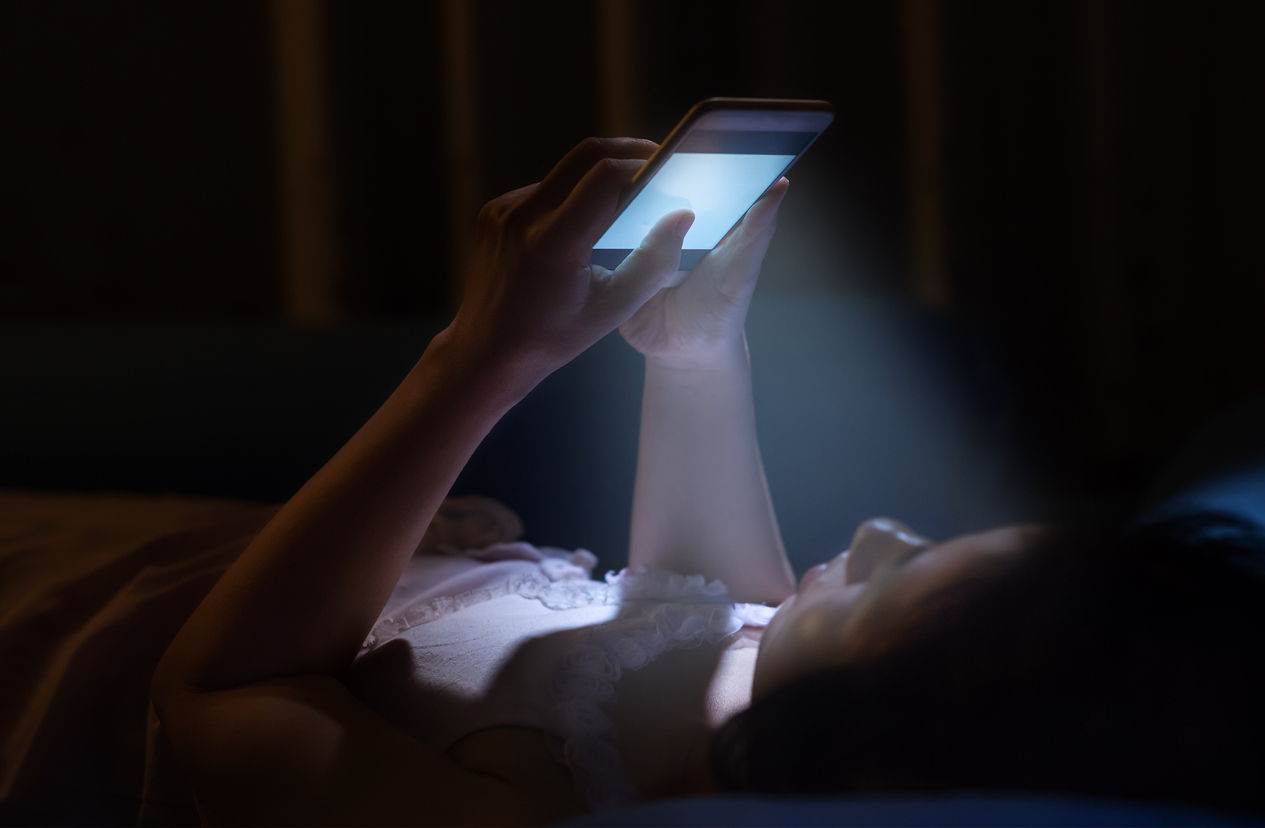
Sleep is a universal human experience, but the way people sleep can vary greatly across cultures and throughout history. From the famed siesta in Spain to the forgotten “second sleep” in Britain, sleep patterns have been influenced by culture, geography, and technology. In this blog, we will explore the differences in sleep patterns across various countries and discuss the intriguing changes in sleep habits throughout history. Additionally, we will delve into the significant impact of technological developments, like electricity, on the way we sleep.
Sleep Patterns Across Cultures
- The Siesta in Spain One of the most well-known variations in sleep patterns is the siesta, a traditional practice in Spain and many Latin American countries. The siesta typically involves taking a short nap, ranging from 20 minutes to two hours, during the early afternoon, usually after lunch. The siesta is not just a leisurely nap; it’s deeply ingrained in the culture, with many businesses and schools closing for a few hours to accommodate this midday rest.
The siesta is thought to have developed due to Spain’s warm climate, making it challenging to work during the hottest part of the day. It also aligns with the Mediterranean diet’s emphasis on a hearty lunch followed by relaxation. While some countries have moved away from this practice due to modern work schedules, the siesta remains an integral part of Spanish culture and is celebrated for its potential benefits in rejuvenating energy and improving overall productivity.
- The Power Nap in Japan Japan has its own unique approach to sleep patterns, characterized by the concept of the “inemuri” or power nap. Inemuri involves taking short naps, often in public settings like trains or offices, to recharge one’s energy. Interestingly, inemuri is socially acceptable and even encouraged, as it demonstrates a strong work ethic. The Japanese culture values hard work and dedication, and taking a quick power nap is seen as a sign that someone has been working diligently.
Inemuri has become so ingrained in Japanese society that it is often seen as a display of commitment to one’s job, allowing employees to recharge and continue working at peak productivity levels. The practice is a testament to how cultural values can shape sleep patterns and influence daily life.
Sleep Patterns Through History
- The Second Sleep in Britain Before the advent of modern electricity, sleep patterns in Britain and other Western societies were vastly different from what we know today. Historians have found evidence of a phenomenon known as the “second sleep.” People would go to bed shortly after dusk, sleep for a few hours, wake up in the middle of the night for a few hours of wakefulness and various activities, and then return to bed for a second sleep until morning.
During the period of wakefulness, people would engage in various activities, such as reading, praying, or socializing. This practice was not exclusive to Britain but was observed in various parts of the world. Some historians believe that the division of sleep into two segments was not only practical but also natural for our ancestors.
The concept of the second sleep began to fade away with the spread of electric lighting, which extended the availability of light during the night. As a result, sleep patterns gradually shifted towards the consolidated, uninterrupted sleep that is now the norm in most industrialized countries.
Impact of Technological Developments on Sleep Patterns
- The Electric Revolution The invention of electricity and the widespread availability of electric lighting marked a profound turning point in sleep patterns. Prior to the advent of electricity, people’s sleep-wake cycles were more closely aligned with natural light, and sleep patterns were influenced by the changing seasons and daylight hours.
Electricity allowed for artificial lighting, extending the hours in which people could be active, work, or socialize. This transformation drastically altered sleep habits, as people could now stay awake late into the night, and the idea of a consolidated, uninterrupted sleep became the new norm. The circadian rhythms that had evolved over millennia were disrupted by the bluish light of screens, making it more challenging for people to fall asleep and maintain a healthy sleep schedule.
- Technology and Sleep Quality The proliferation of technology, particularly smartphones and other electronic devices, has further disrupted sleep patterns. The blue light emitted by screens can interfere with the body’s production of melatonin, a hormone that regulates sleep-wake cycles. This can make it difficult for individuals to fall asleep and stay asleep, leading to sleep deprivation and other health issues.
Additionally, the constant accessibility of information and entertainment via smartphones can lead to a reduction in sleep duration, as people may be tempted to stay up late browsing the internet or engaging in social media. The 24/7 availability of online content and the expectation of instant communication can lead to sleep disturbances and negatively impact overall sleep quality.
Conclusion
Sleep patterns across cultures and throughout history have been shaped by a variety of factors, from climate and cultural values to technological advancements. The siesta in Spain, the power nap in Japan, and the “second sleep” in Britain offer fascinating examples of how cultural norms and environmental conditions influence when and how people sleep.
The impact of technology on sleep patterns cannot be underestimated. The introduction of electricity and the proliferation of electronic devices have dramatically altered our sleep-wake cycles, often to the detriment of our overall sleep quality. As we continue to adapt to the ever-evolving technological landscape, it is crucial to prioritize healthy sleep habits and strike a balance between our modern, technology-driven lives and our innate need for restorative sleep. Understanding the differences in sleep patterns across cultures and through history can help us make informed choices to achieve better sleep and overall well-being.